After seeing a strip-built kayak being paddled many years ago, I started dreaming of building one for myself. When the COVID-19 pandemic hit, I found myself working from home with a little extra time on my hands: it was my opportunity to fulfill my dream, and I started looking seriously at companies that offer complete kits. I had little woodworking experience and wanted a basic beginner-friendly kit, as I had no interest in lofting, building from scratch, cutting lumber, milling strips, etc. I had dreamed of this for years, but strictly as daydreaming. The idea of building my own boat was intimidating, and I never thought I would have the time or skills to make the dream into a reality.After spending many hours on the water over the last 15 years, I consider myself an experienced kayaker and knew I wanted a recreational boat for easy paddles on my local lake. I am a fair-weather paddler who does not look for whitewater adventures—just lazy days on the water with a sandwich and a few cold drinks. After comparing kayak kit packages and manufacturers, I decided on the 12′ 8″ Excursion model from Newfound Woodworks of Bristol, New Hampshire.I had many questions about the build process, no prior working experience with epoxy and fiberglass, and was interested in building my first boat in a classroom setting, but when the pandemic hit, all in-person classes were canceled. I really wanted some hands-on experience before taking on the build, and the folks at Newfound, Alan Mann and Rose Woodyard, listened to my concerns and scheduled a day of one-on-one instruction with me. They shared techniques and tips as we worked with the materials, which gave me the confidence to tackle the project and was key in my decision-making process.
Join The Conversation
We welcome your comments about this article. To include a photo with your remarks, click Choose File below the Comment box.


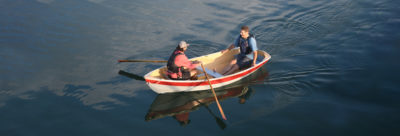

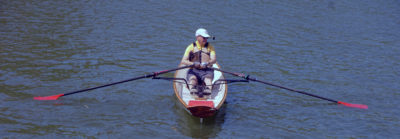




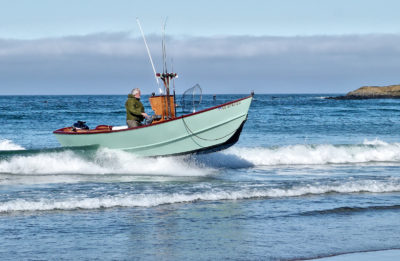
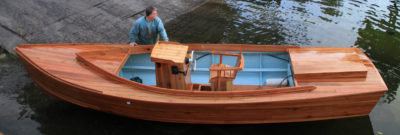

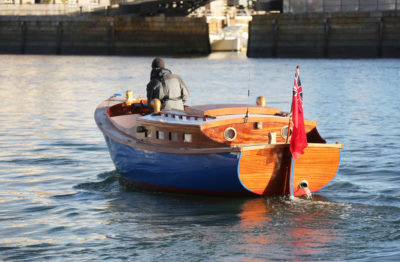
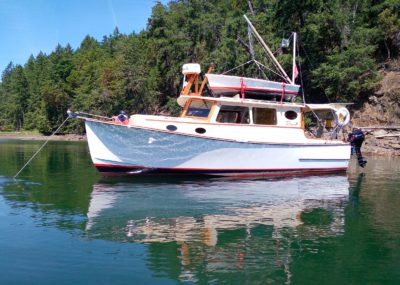
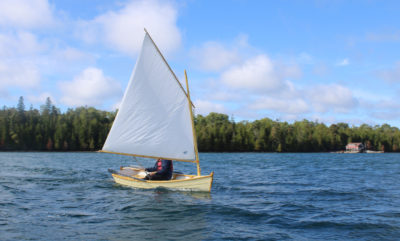

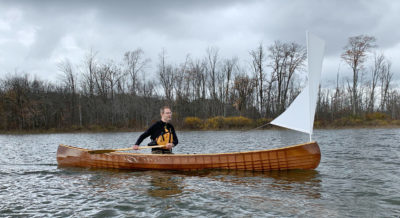
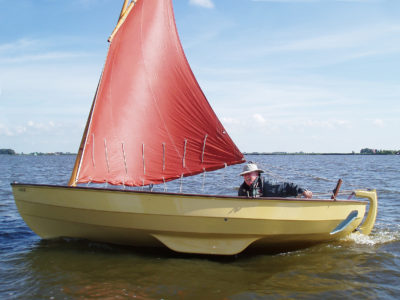
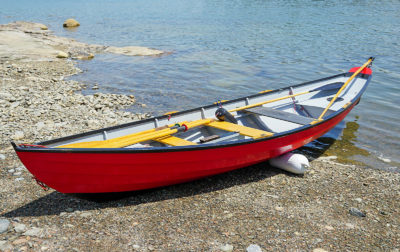
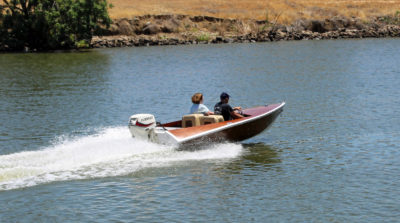
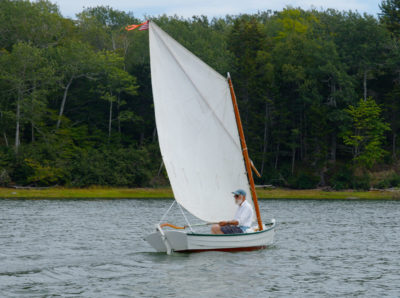
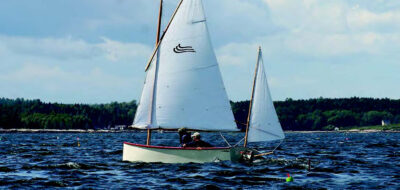

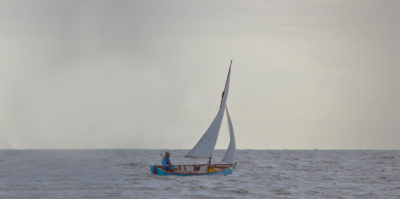
Please wear a PFD (aka “life jacket”–new Coast Guard parlance) when you paddle. I also urge you to use a spray skirt, which implies practicing wet exits.
You say you have paddled in choppy waters. It doesn’t take much for those wave tops to start dumping water into your boat. A story depicting this eventuality is in the book Deep Trouble, compiled and edited by Chris Cunningham (editor of this very publication). The victim got in trouble because he didn’t use a spray skirt, and survived the swamping and loss of his kayak only because he was wearing a dry suit.
I know a few people who take along a PFD, but stuff it behind their seat instead of wearing it. A good experiment to see how well this works is to try putting the PFD on while you are swimming. Essentially, it can’t be done.
I have been paddling since 1984. I have paddled in Puget Sound, Queensland, Australia, Belize, Baja California, Alaska, and many trips on the west coast of Vancouver Island. I always wear a PFD and always a spray skirt (as well as a dry suit, as many of these waters are bitterly cold).
I suggest you have a trustworthy friend spot you when you are practicing wet exits. Helps give you confidence
Lovely boat, by the way. Nice job.
P. S. I should add, the Coasties require you to wear a pfd in all waters within their jurisdictions.
Also, I think the inlays on your deck look very nice. I do have a question about the magnets to hold your rear hatch in place. I have known several people who have done this, and am curious if they have ever had a problem with them. I have in mind the unexpected sweeping of your deck by a green wave, which can create a lot of suction. Other readers are welcome to educate me on this.
When you do your practice wet exits, pay attention to how much loose gear goes adrift. It can be quite surprising.
From the Editor:
The United States Coast Guard only requires having a PFD on board for each person over the age of 13 but the requirements for wearing the PFD are left up to the states. There is a federal requirement for those under the age of 13 to wear a PFD but state requirements for children take precedence. Only New Mexico requires all kayakers to wear PFDs. (Maine requires wearing a PFD only on the lower Saco River between January and June). A list of requirements by state is provided by the Coast Guard’s Boating Safety Division.